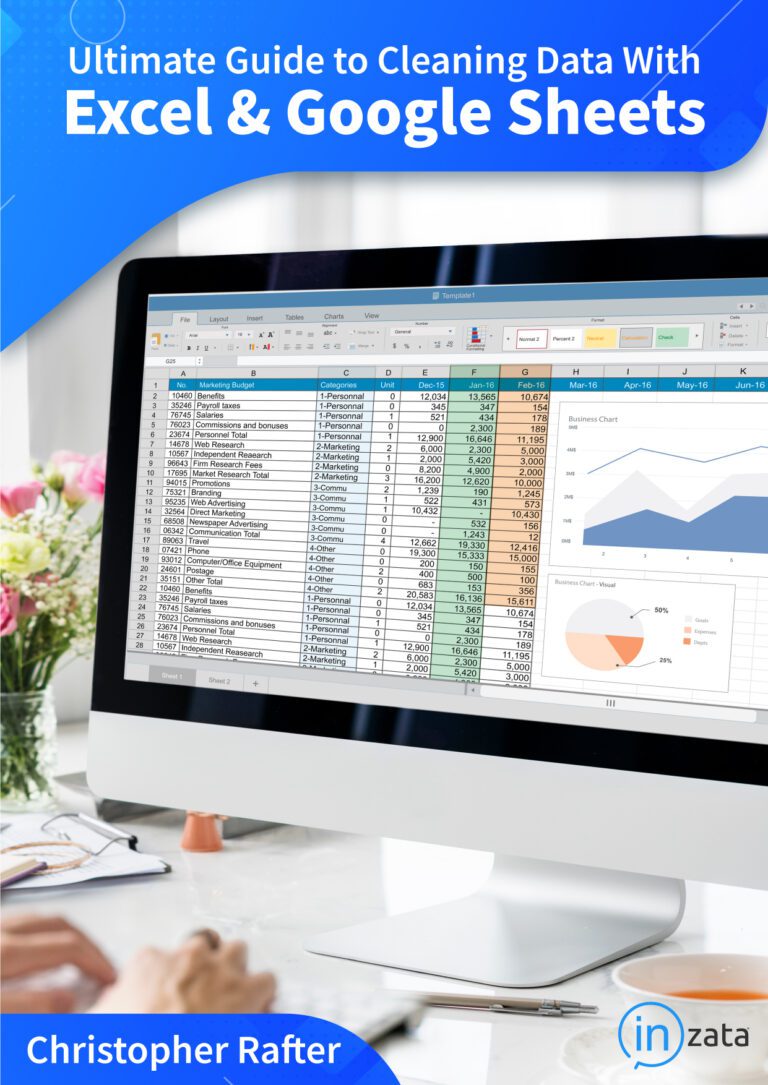If you’re a regular user of any type of data dashboard or analytics system, you’ve likely encountered a serious question about how to produce reports. Do you go with a canned report, or should you create ad-hoc analysis? Both approaches have their virtues, and your circumstances will often dictate which one you use. Let’s take a closer look at the question itself and the available options to make sure you make the right decision the next time the choice comes up.
What is the Difference?
Before getting too involved with this issue, it’s wise to clarify what we mean by canned versus ad hoc. A canned product is one that either:
- Comes right out the box with your analytics program
- Is based on a template someone at your organization has created or acquired
Generally, canned reports have limitations. In particular, you usually can’t squeeze more out of them than your BI dashboard allows you to. This can seriously limit customization.
Conversely, ad-hoc analysis is more of an off-the-cuff approach. This generally involves more labor and time because you have to put time into creating and formatting the report, even if your preferred dashboard provides you the necessary tools.
Pros and Cons of Ad Hoc Analysis
Time and labor are the biggest traps when trying to do anything on an ad-hoc basis. Without rails to guide you, the process you use can develop a big of mission creep. As you fiddle around with the knobs on the dashboard, you’ll find that time can get away from you. That can become a major problem, especially in situations where the first commandment of the job is to just get the report done in a timely manner.
Ad hoc analysis has the virtue of specificity, though. Depending on the nature of the report, it can be helpful to take the time to develop deep dives on specific topics. This is, after all, one of the joys of living in the age of Big Data. Most dashboards are equipped for producing on-the-fly items, and you can generate some impressive results in surprisingly little time once you know where all the controls are located.
The learning curve, however, can be a challenge. If you’re dealing with team members who often resist taking initiative or who don’t pick up tech stuff easily, this can create a barrier. Sometimes, giving them a way to can their reports is just the most painless solution.
Pros and Cons of Canned Analysis
Far and away, the biggest pro of using a canned method is speed. In many cases, you only need to verify the accuracy of the numbers before you click an onscreen button. A report can be spit out in no time, making it very efficient.
One major downside of this approach is that people can tune out when they read canned reports. Especially if you’re putting a work product in front of the same folks every few weeks or months, they can flat-out go blind to the repetitive appearance of the reports.
A big upside, though, is that canned solutions reduce the risk of user errors. Particularly in a work environment where folks may not be savvy about tech or layout and design, it’s often best to have as close to a one-click solution in place. This reduces the amount of technical support required to deliver reports, and it can help folks develop confidence in using the system. Oftentimes, people will begin to explore the options for creating ad-hoc analysis once they’ve had some success with the safer and more boring canned option.
In some cases, canned is the only option. For example, a company that has to produce reports for compliance purposes may have to conform to very specific guidelines for what the work product is formatted. It’s best not to stray under such circumstances, especially if your organization has a track record of generating such reports without issue.
The Fine Art of Choosing
As previously noted, your situation will often be the main driver of what choice you might make. If you’re working on a tough deadline, going the canned route has the benefit of making sure you can deliver a minimally acceptable product on time. There’s a good chance literally no one will be impressed with your efforts, but at least the report will be done.
Some topics deserve more attention than a canned product can afford. As long as you’re confident you have the required skills, you should consider putting them to work to do a deep dive in your report. This affords you the chance to tailor graphics and data tables to your audience. Especially when you’re first introducing folks to a particular topic or a unique dataset, this level of extra attention can be a difference-maker.
There is no perfect answer to the timeless question of canned versus ad hoc. Every situation has its parameters, and it’s prudent to be considerate of those requirements when you make your choice. With a bit of forethought about your approach, however, you can make sure that you’ll deliver a work product that will exceed the expectations of your target audience.
Read more similar content here.


